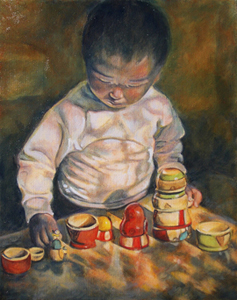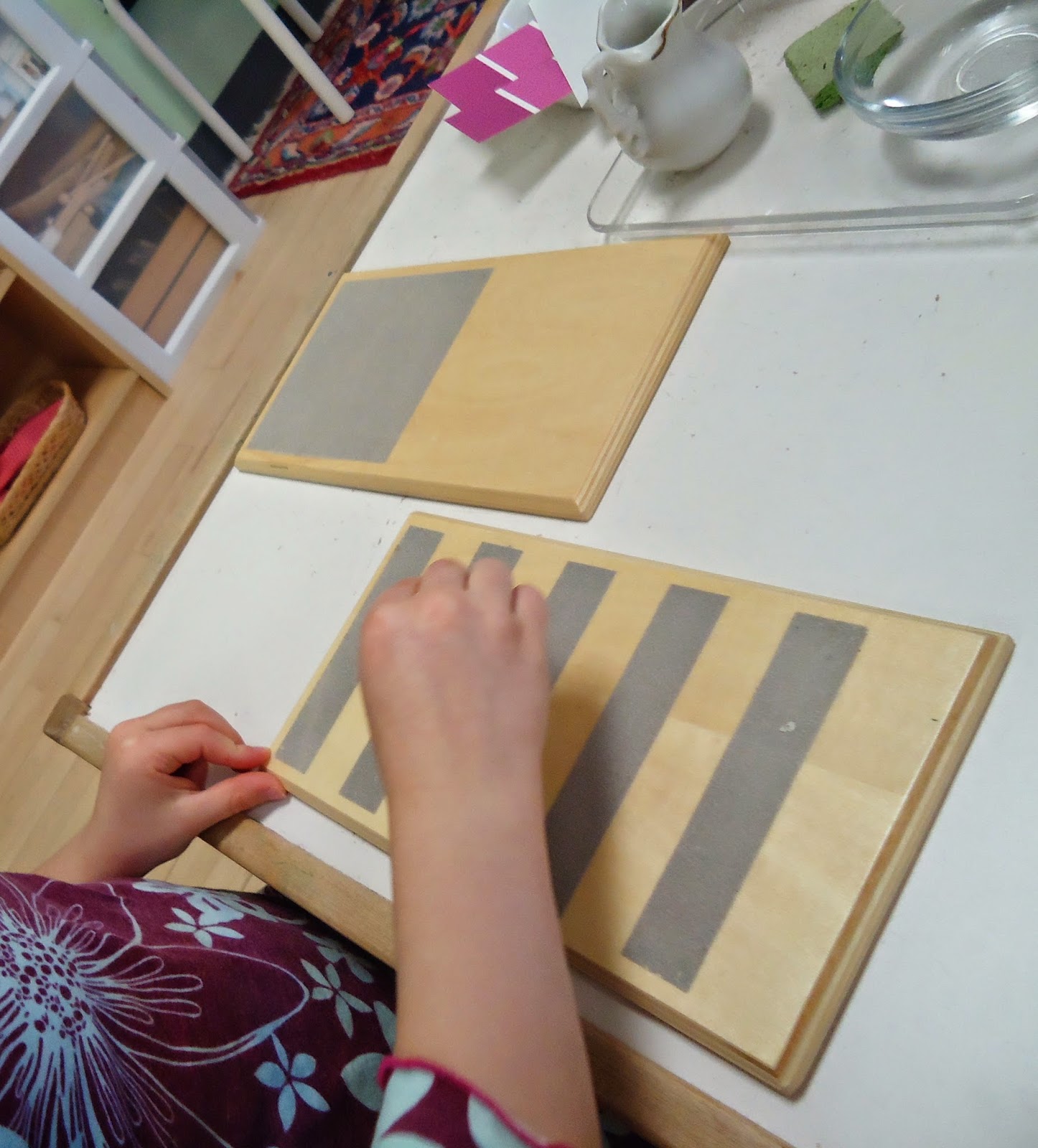…you open the door!
Our family has just been given the opportunity of a lifetime with my husband's receipt of a Fulbright Scholar Award to St. Petersburg, Russia. While I am a creature of habit and am typically slow to change, I have enough sense to know that this opportunity should not be passed. I am excited not only for the chance this gives my children to experience life in another part of the world, but also the opportunities it provides for my own personal and professional growth.
We will be traveling to St. Petersburg in December 2014 and staying until June 2015 - half a year of international adventure! This means I will have to find myself a long-term substitute for coverage in the classroom, and I am looking forward to finding the right person. Many other details must be put in order - and I have had a while to think hypothetically about them over the past year as we have waited to hear of my husband's Fulbright status… Now that we have an answer, we can move forward and put a grand plan into place.
One aspect of this experience will be the opportunity for me to become involved with Montessori education on an international level. I plan to visit Russian Montessori schools, conduct my own observations and research, and bring new knowledge and experiences to the classroom upon our return to the States. Additionally, there is the chance for my own children to attend Montessori schools in Russia. Since my daughter will be in Kindergarten, I am trying to place her in a Montessori setting where I might be of use too! :-)
My mind is racing with ideas, to-do lists, and a host of mixed-emotions (after all, I will be leaving the classroom for half of a school year). But I recognize and honor the incredible opportunity this presents not only for my family but also the growth and future of my school.
I truly believe this opportunity embodies the spirit of Montessori, and I am delighted to bring these experiences to Dirigo Montessori School.


































































